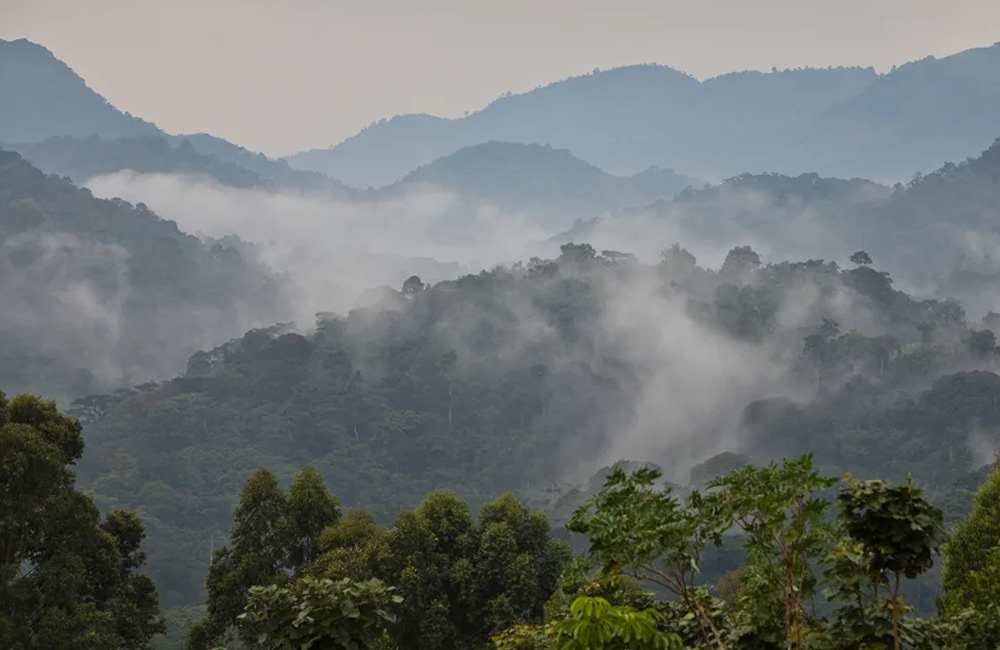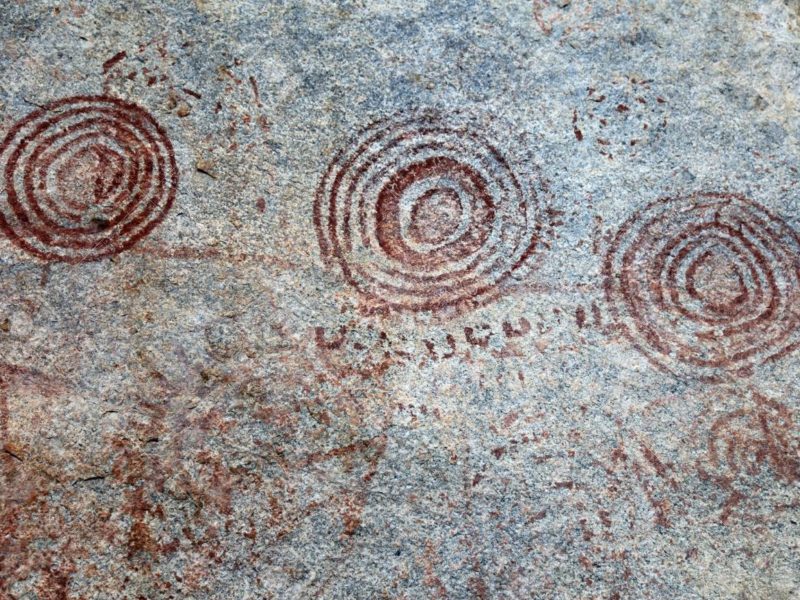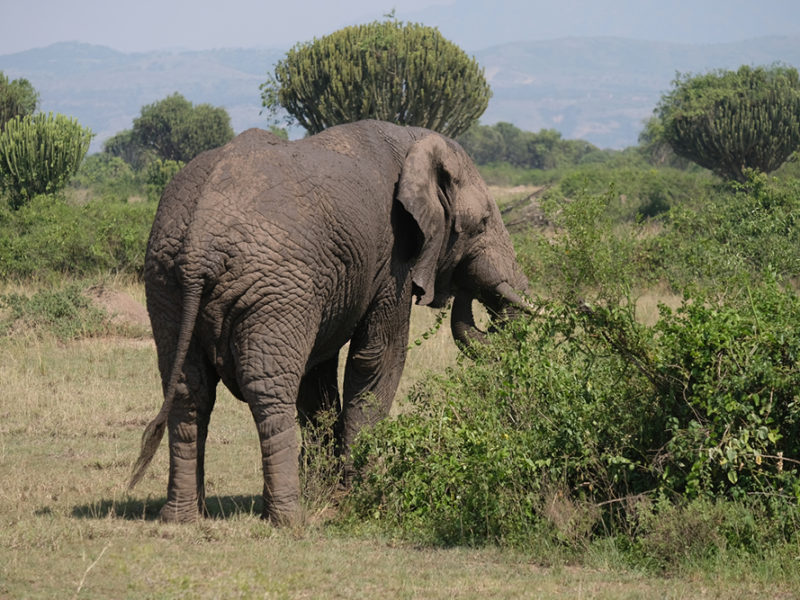
An Unforgettable Gorilla Expedition in Bwindi
I don’t say it lightly when I say that Bwindi Impenetrable Forest is the most beautiful place I have ever visited. The jungle, the misty mountains, the people, and the gorillas make it an amazing place to be.
We stayed in the town of Buhoma, which is just about 10 meters outside of the Bwindi National Park. We spend a lovely few days there hanging out with the locals and buying cheap but very well-carved, souvenirs, visiting orphanages and watching them sing, dance, and drum, and of course the mountain gorillas was an experience unmatched in nature for me. I treasured every second that I was there.
This is a good experience with the mountain gorillas. I have visited the mountain gorillas myself; you must visit them as stated here. If you need to compare prices and costs and make a decision as to which country to visit the gorillas (Rwanda or Uganda), read this comprehensive article on organizing a gorilla trekking safari in Africa.
Tracking Gorillas in Bwindi’s Oruzogo Gorilla Family
Gorilla Trekking remains one of the most magical and rewarding wildlife experiences in the natural world, one that I know is high on the wish list of Uganda’s tourists. An estimated 800 mountain gorillas are remaining on earth, approximately 480 of which reside in Bwindi National Park.
Oruzogo gorilla group is located in Ruhija together with Bitukura, and Kitaguriro (which is the gorilla family dedicated purely for research). This gorilla family can be trekked from Buhoma or Ruhija. The group consists of 16 individuals including 1 dominant silverback (named Tibirikwata) and two babies that were recently born. Although the sex of the two babies is yet to be established, the proud mothers are the cute adult females Birungi and Mutesi. The new babies join the posse of other infants Buchura and Kanywani who is Kakobe’s baby.
Naming all the 16 individuals save for the three infants who are currently known by their mothers’ identities like Mutesi baby or Birungi baby was completed before it was availed for tracking in 2012.
Other individuals in the group include Busungu(Meaning short tampered), Kashundwe, Nyakiina, Kaganga (the giant one), Otaka, Bwoba (the coward) Karimi (tongue) Kiromba, Katooto (the small one) Kanywani(meaning friendly, Kakobe who looks like a monkey and Buchura referring to the youngest or last born before the two newest babies came forth.


